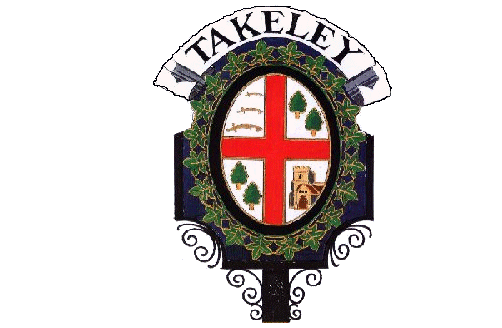|
This book will be published by the end of November 2008, price £6. Postage would be additional. Available from Octopus Ink Publishing, 22 Standrums, Great Dunmow, Essex CM6 1TY.
The authors are both members of the Takeley Local History Society. They trace the history of Bassingbourne Hall from before Domesday to its demolition in 1813. The name was then transferred to the large farmhouse of the estate, and that was demolished in 1988 to make way for the expansion of Stansted Airport.
The manor or estate took its name from John de Bassingbourne, one of King John’s household knights and high in his favour. He held the Manor in the right of his wife Albreda.
Subsequent owners were London merchants until the arrival of William Towse, Sergeant at law who we think built a new brick house. He hoped to found a family with County status but all his heirs were dead by 1663. The second husband of his grand daughter in law Elizabeth married Simon Mayne, who signed Charles I’s death warrant.
Barrington steward John Kendall then owned the manor. His family fell heavily into debt, and the estate was again sold in 1773.
The next owner Francis Bernard was a relative of the Earls of Westmeath from Ireland. Bernard also died in debt, but had a grand funeral at Takeley church. Towards the end of his ownership Admiral Sir Peter Parker who also came from Ireland rented the manor. Parker was the first to promote Horatio Nelson, and remained a life long friend. He was the chief mourner at Nelson’s funeral. Parker bought the estate in
Parker’s son Chrisopher who predeceased him was married to the Aunt of George, Lord Byron. Their daughter Antoinetta Parker was Byron’s first love, and the subject of a very early [ and not very good] poem when she died in her teens.
During Parker’s ownership the Hall was rented to the absentee Archbishop of Dublin, Robert Fowler. Some of Fowler’s correspondence about his quest for a title is already on the Takeley web site. Fowler died in 1801. Parker himself died at the age of almost 90 years in December 1811. Under the terms of his will his Executors decided to demolish the Hall, which was probably in a state of decay in spite of being revamped during the time of Francis Bernard. The Parker family also died out.
Parker’s son in law, George Ellis, was a distinguished man of letters and a friend of Sir Walter Scott.
The next owners were a family descended from French Huguenots called Daubuz. They do not seem to have lived at the Hall. It was later sold and bought by the Houblons of Great Hallingbury; the occupiers seem to have been the tenant farmers. By the 1930s the house had fallen into decay.
Eventually Peter Chapman and Patrick Crichton Stuart, son of the Earl of Bute, bought the Hall and its future seemed to be more hopeful. Fate however intervened in the form of the second World War, and in the end this Hall was also to be demolished to make way for a new Airport. There is a short chapter on this later history.
This is not a definite history. We have continually been revising the text as new material has been discovered. This book is a start in recording the history of Takeley’s only genuine stately house.


|



